In 1916 the Arts & Crafts Exhibition Society held its triennial exhibition at Burlington House, home of the Royal Academy. The choice of venue acknowledged a growing respect for the so-called ‘applied arts’ as producing objects that deserved a place within the hallowed walls of the British artistic establishment. The hero of the show was 51-year-old Ernest Gimson (1864–1919), a self-described ‘decorator’ whose contributions of furniture led the reviewer for the Manchester Guardian to call him ‘the presiding genius’ of the exhibition.
 In their impeccably researched and engaging new biography, Annette Carruthers, Mary Greensted and Barley Roscoe explore Gimson’s place at the heart of the handcraft movement that emerged in Britain thanks to the impetus of William Morris and flourished until the First World War. Gimson was born into a wealthy manufacturing family in Leicester; the turning point in his life seems to have been a meeting with Morris in January 1884, when the latter, deeply involved in the political agitation that characterised the last decades of his life, visited the city to speak on ‘Art and Socialism’. While Gimson never considered himself a socialist, preferring an individualist philosophy of personal responsibility and minimal state interference, he considered Morris something of a hero because of his poetry and design work, and quickly fell under the spell of his personality. The regard was clearly mutual: Morris took a keen interest in the 19-year-old Gimson and, dismissive of the Leicester architect to whom Gimson was then articled, directed him to the London office of the church architect John Dando Sedding, whose practice firmly integrated handcraft into the process of building.
In their impeccably researched and engaging new biography, Annette Carruthers, Mary Greensted and Barley Roscoe explore Gimson’s place at the heart of the handcraft movement that emerged in Britain thanks to the impetus of William Morris and flourished until the First World War. Gimson was born into a wealthy manufacturing family in Leicester; the turning point in his life seems to have been a meeting with Morris in January 1884, when the latter, deeply involved in the political agitation that characterised the last decades of his life, visited the city to speak on ‘Art and Socialism’. While Gimson never considered himself a socialist, preferring an individualist philosophy of personal responsibility and minimal state interference, he considered Morris something of a hero because of his poetry and design work, and quickly fell under the spell of his personality. The regard was clearly mutual: Morris took a keen interest in the 19-year-old Gimson and, dismissive of the Leicester architect to whom Gimson was then articled, directed him to the London office of the church architect John Dando Sedding, whose practice firmly integrated handcraft into the process of building.
Gimson was propelled into the heart of the British Arts and Crafts scene. Sedding’s offices were adjacent to the Morris & Company shop on Oxford Street, and Gimson seems to have established himself quickly in the circle that had grown up around Morris and Philip Webb. He formed a close association with the Society for the Protection of Ancient Buildings, on whose behalf he and fellow young architect Detmar Blow began ‘making ourselves objectionable’ to those involved in heavy-handed ‘restoration’ of historic buildings.
While Gimson’s easy integration was no doubt in part due to the congenial and anti-hierarchical nature of the Arts and Crafts movement, his talent and enthusiasm for the cause also seem to have impressed its founders. The authors draw on recently discovered family letters which reveal glimpses of Gimson’s character and his engaging turn of phrase: it is not difficult to imagine Morris feeling sympathy with a young man willing to acquire ‘volumes in exchange for buses and beef’ – that is, to give up transport and meat in order to save money for books – in his passion for self-improvement. ‘I am thinking of architecture all the time I am awake,’ Gimson wrote to the architect W.R. Lethaby in 1890.
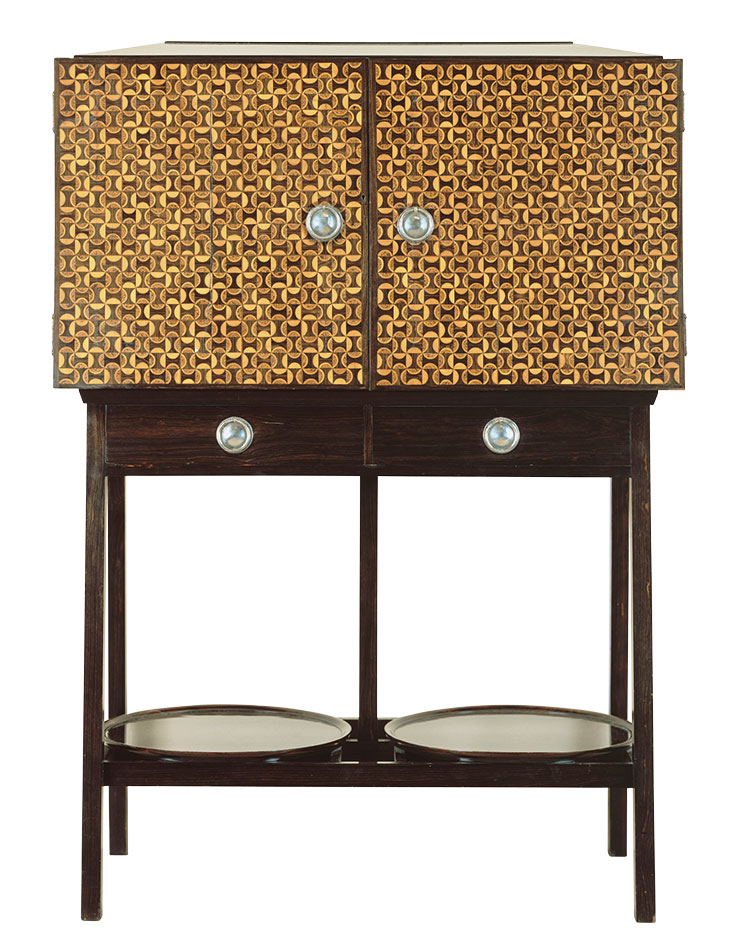
Cabinet (1891), designed by Ernest Gimson for Kenton & Co. Musée d’Orsay, Paris
Gimson is now better known as a designer and maker of furniture than for his work as an architect. Under the influence of Sedding, who strongly believed that architects should practise craft skills, Gimson started working in plaster and designing furniture, the latter intended for sale by Kenton & Co., the short-lived company he set up with Lethaby and Sidney Barnsley. Pieces from this period include an exquisite ebony writing cabinet, now in the collection of the Musée d’Orsay, which manages both to invoke 13th-century mural decorations that Gimson had sketched in Gloucestershire and to anticipate the abstract geometry of art deco by 30 years.
Gimson’s engagement with handcraft dictated the whole direction of his life. In 1893 he relocated to the south Cotswolds, intending, along with Barnsley, to ‘practise good handicrafts and building’. Away from London, Gimson was able to put into practice the ideals he had absorbed from the Arts and Crafts movement, living a life that exemplified the principles of simplicity of design, deep knowledge of construction, and pleasurable labour that combined ‘good workmanship with happy thought’. While the authors of this book do not dwell on craft theories, the concept that craft is as much a moral as an aesthetic quality rightly informs their interpretation of Gimson’s work. Following Sedding’s advice to ‘take your crafts home, let them make your home homelier, family-life brighter’, Gimson incorporated craft principles into every aspect of his life. In his design for the home that he shared with his wife Emily at Sapperton, near Cirencester, he included workspaces in order to avoid the separation between work and life that had become prevalent since the Industrial Revolution. Everything in the house was handmade, and Gimson had the skills to design a home inside and out – as well as plasterwork and furniture, he was involved in metalwork, setting up a smithy at Sapperton in 1903, and he designed embroidery to be made by the female members of his family.
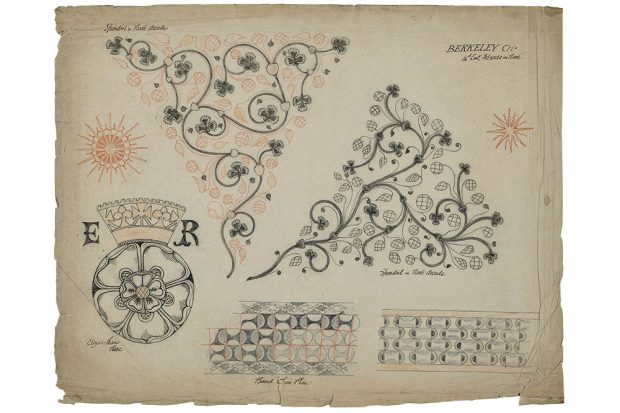
Drawing of 13th-century mural decoration in the Church of St Mary, Berkeley, Gloucester, made by Ernest Gimson in August 1888. Photo: © Cheltenham Trust/Cheltenham Borough Council
Like Morris, Gimson was blessed with independent means that enabled him to remain steadfast to his craft principles. Neither his architectural projects nor the furniture workshop he established at Daneway yielded much profit – unsurprisingly, given his uncompromising approach to fine workmanship. The latch on the cabinet that adorns the front cover of this book took the blacksmith Alfred Bucknell 98.5 hours – more than two weeks’ work – to complete: just one indication of Gimson’s devotion to craftsmanship. His aversion to machinery, reiterated in a letter to Lethaby in 1916 in which he declared he would ‘rather have no shops at all’ than resort to machine production, is based not just in concern for ‘design and utility’ but also from the perspective of ‘the men themselves too & their ways of work’.
It is fascinating to speculate whether Gimson’s uncompromising stance could have survived the upheavals of post-war society had he not died in August 1919. His views on standardised housing (‘Wrong, wrong’) reveal the growing gulf between his view of essential human needs and the practical requirements of the modern world. Nonetheless, his legacy continued through the incomparable craftsmanship of his furniture and the interest it aroused in European designers of the next generation, such as Josef Frank and Carl Malmsten. This book, similar in scope and importance to Sheila Kirk’s 2005 biography of Philip Webb, is an invaluable resource for those interested in Gimson’s life and work – and for understanding the impossibility of separating the two.
Ernest Gimson: Arts & Crafts Designer and Architect by Annette Carruthers, Mary Greensted and Barley Roscoe is published by Yale University Press.
From the December 2019 issue of Apollo. Preview and subscribe here.
Unlimited access from just $16 every 3 months
Subscribe to get unlimited and exclusive access to the top art stories, interviews and exhibition reviews.

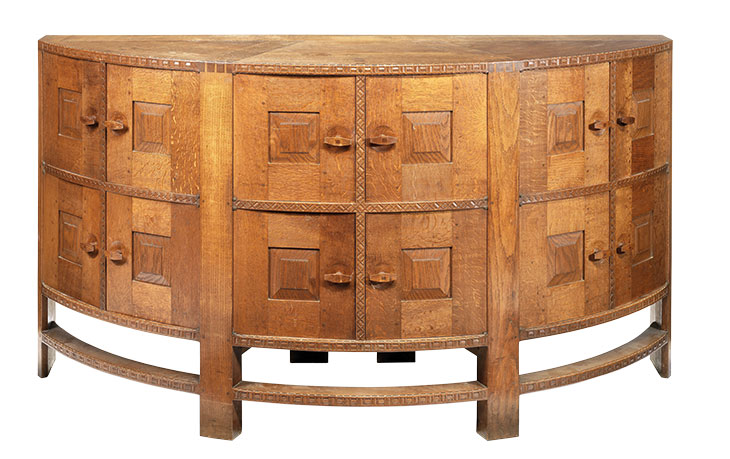
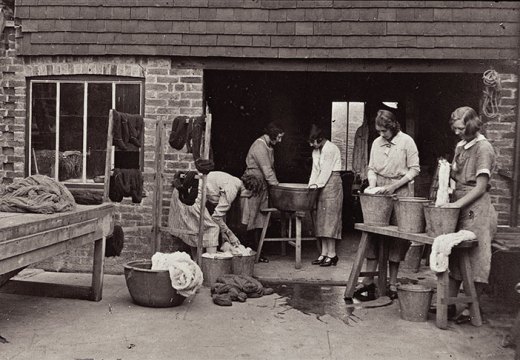
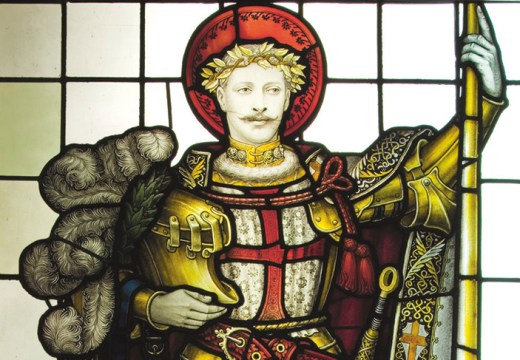
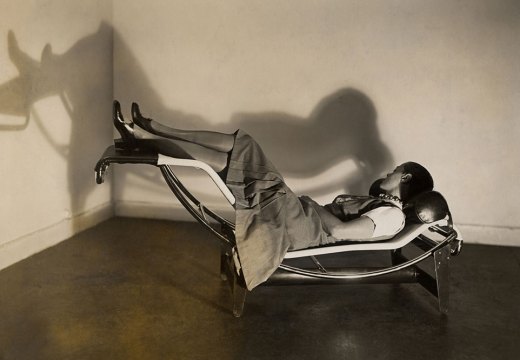


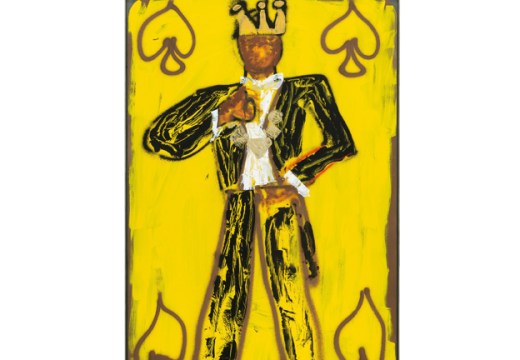






![Masterpiece [Re]discovery 2022. Photo: Ben Fisher Photography, courtesy of Masterpiece London](http://www.apollo-magazine.com/wp-content/uploads/2022/07/MPL2022_4263.jpg)
Has the Fitzwilliam lost the hang of things?